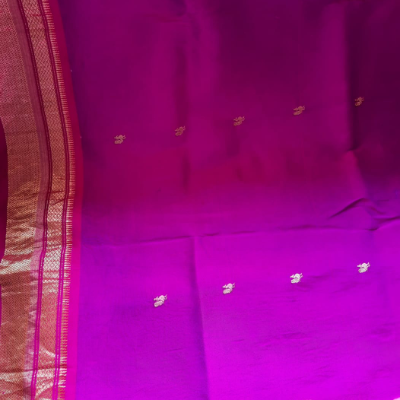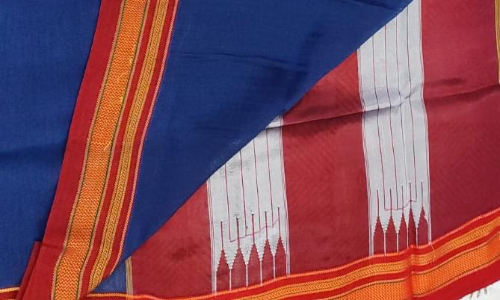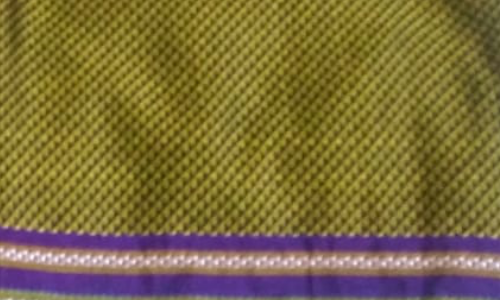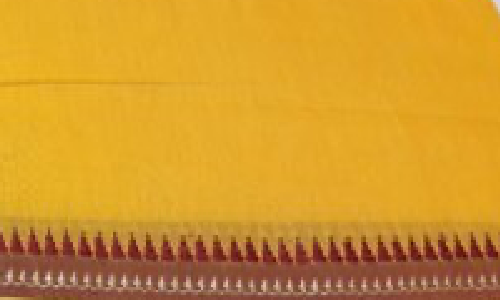Paithani
- Bsae MaterialCottonSilk Mulberry / Pure
- StatesMaharashtra
- Price Range₹2000 - 200000
- WeatherAll Weather
- PopularityRecently very popular, choice of most of the brides to be in Maharashtra
- CareDry Clean
- TextureSoft and silky
- UsecaseMainly sarees but now used for making dress, blouse, dupattas, skirts
History
Paithani sarees have been favored by Maharashtrian brides for generations now because of their variegated color palette which signifies their joyous culture.
The origin of Paithani can be traced back to the existence of the Satvahana Dynasty (2nd century BC - 2nd century AD). The saree was named after its place of origin, Paithan. It is a small medieval town Aurangabad.
Various new designs and techniques were introduced to upgrade the traditional look of these sarees but it is believed that originally Paithani sarees were fabricated with the finest silk threads from China and the locally spun pure zari.
But there did come an era when Paithani was losing its charm and demand. But with the rule of Peshwas in the 17th century, Paithani was able to hold its ground of popularity again. It was the Peshwas who helped the Paithani weavers from Yeola to settle down. Today, Yeola is the main production hub of Paithani sarees. Modern-day Paithani sarees from Paithan and Yeola are made from the homegrown silk threads of Bangalore and the zari is sourced from Surat.

Description
Paithani sarees are believed to be the epitome of intellectually refined artwork. The evolution of Paithani has changed its base from cotton to silk. Earlier silk was used in the weft designs to make the border and cotton to make the body. But now there is no trace of cotton in Paithani. So today Paithani sarees are just made of silk and zari. The finishing of the Paithani weave is highly admired. A Paithani weave is all sealed with no threads hanging, resulting in no worries about how the ornaments will get entangled with the saree.
There are 3 types of silk threads used, threads define the quality of the Paithani saree:
- China Silk: the expensive of all
- Ciddle- Gatta: the finer silk, smooth and even in texture, shiny and thin
- Charkha: the cheap, dull, and uneven; widely used.
It is believed that Paithanis will never age.

Where to Source
Paithan and now Yeola is become major source of Paithani.
Contact Us For Inquiry
Reach out to us at fabricsthan@gmail.com and we’ll help you find your fabric



